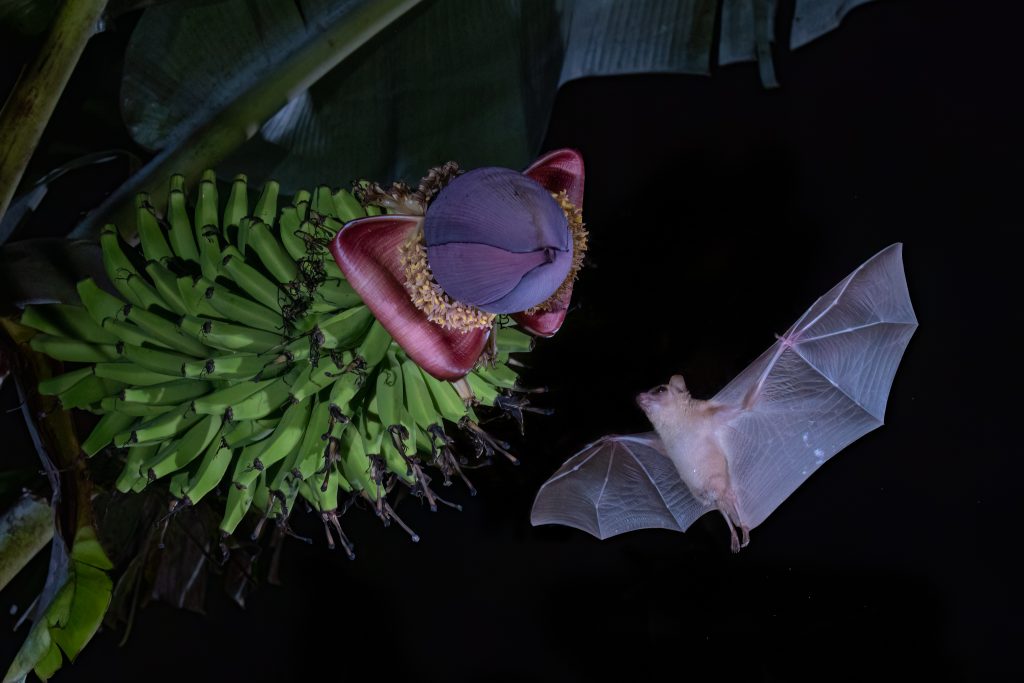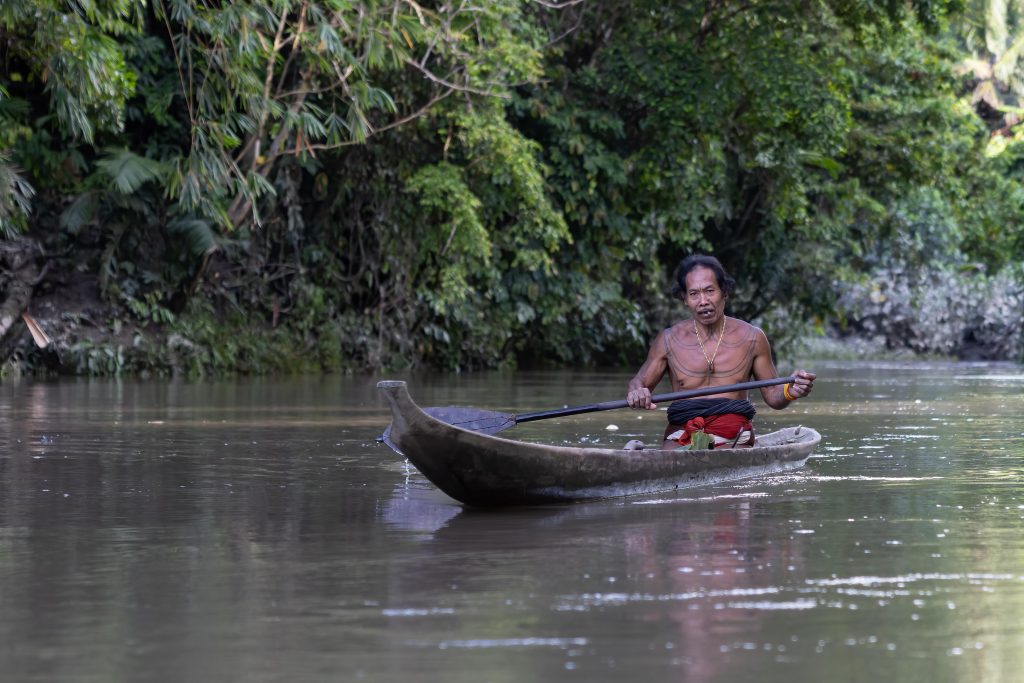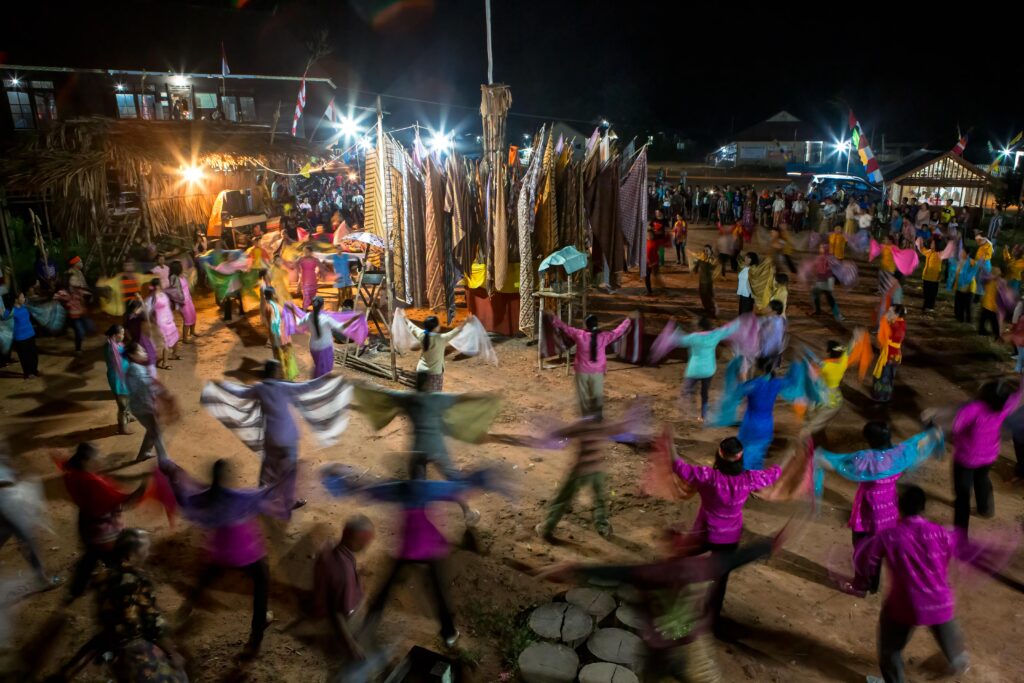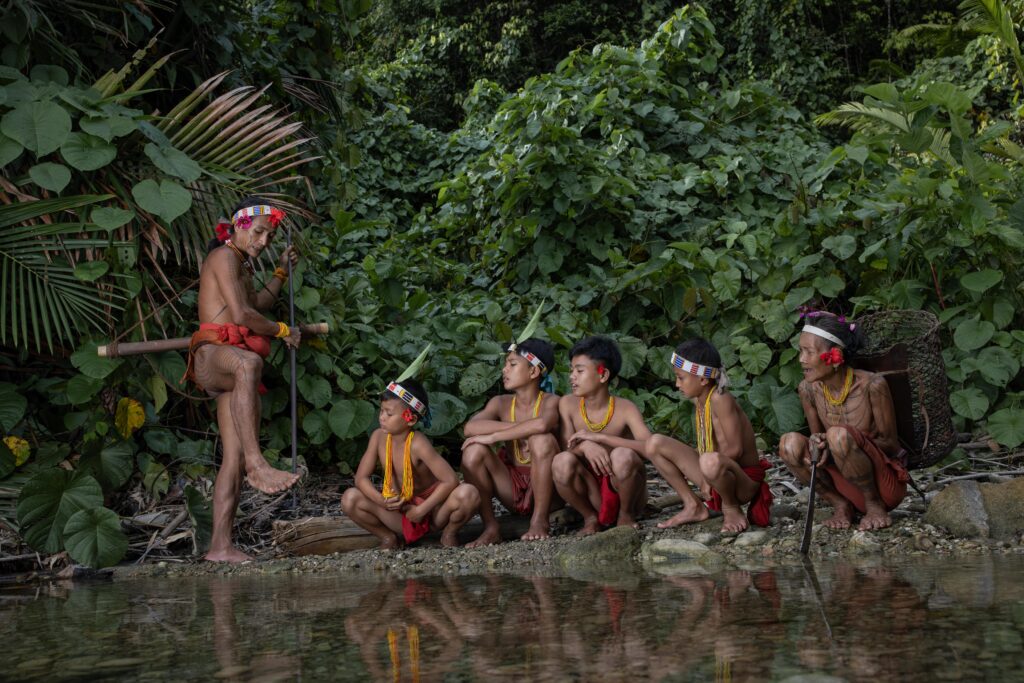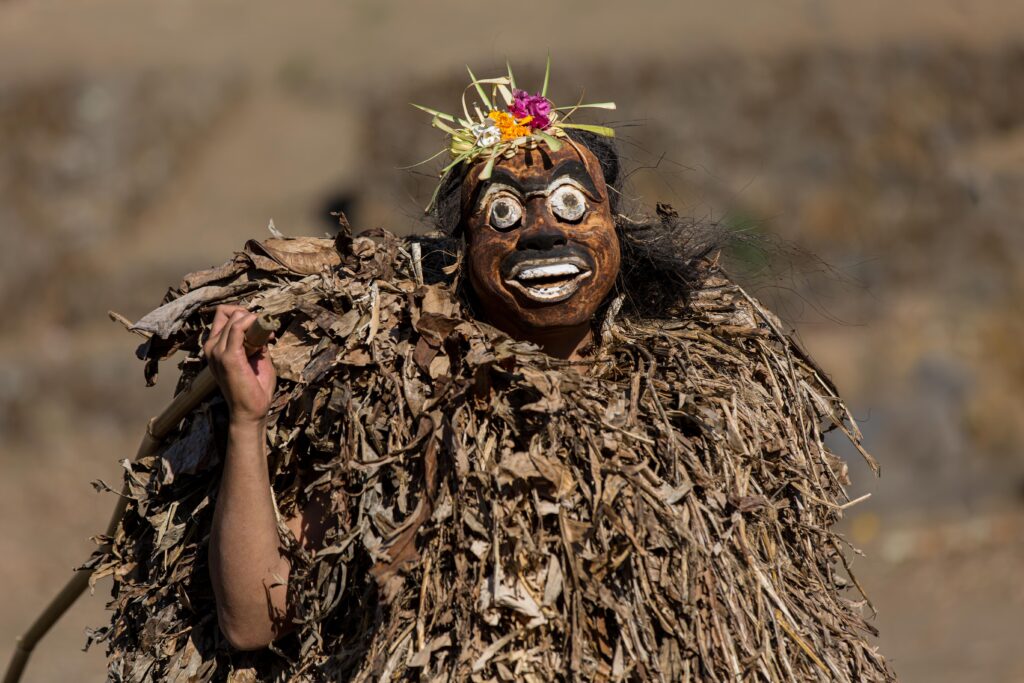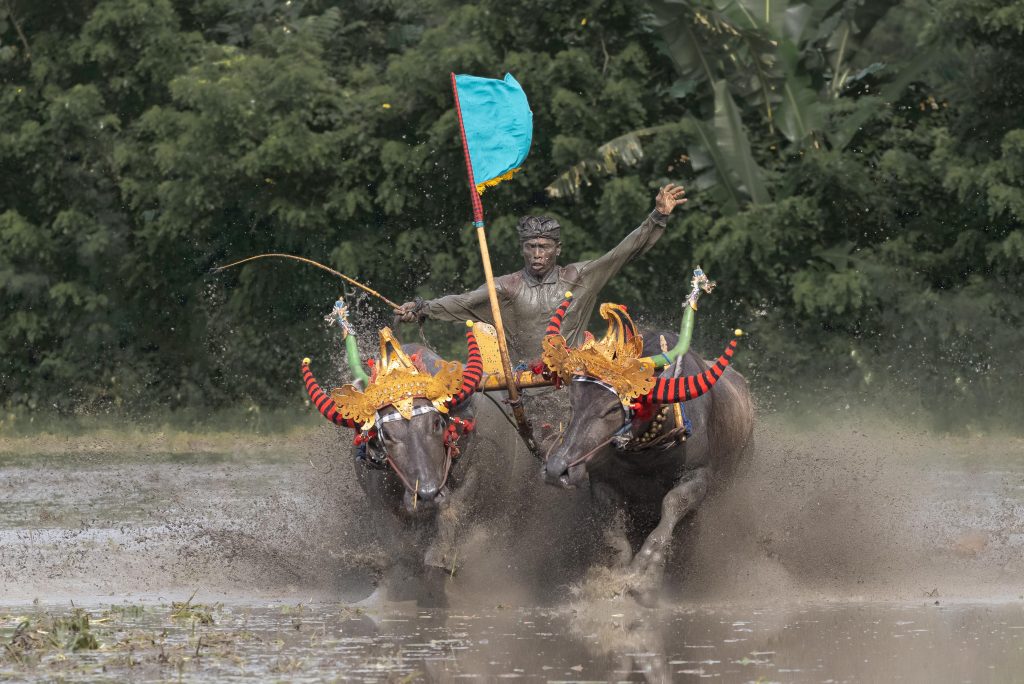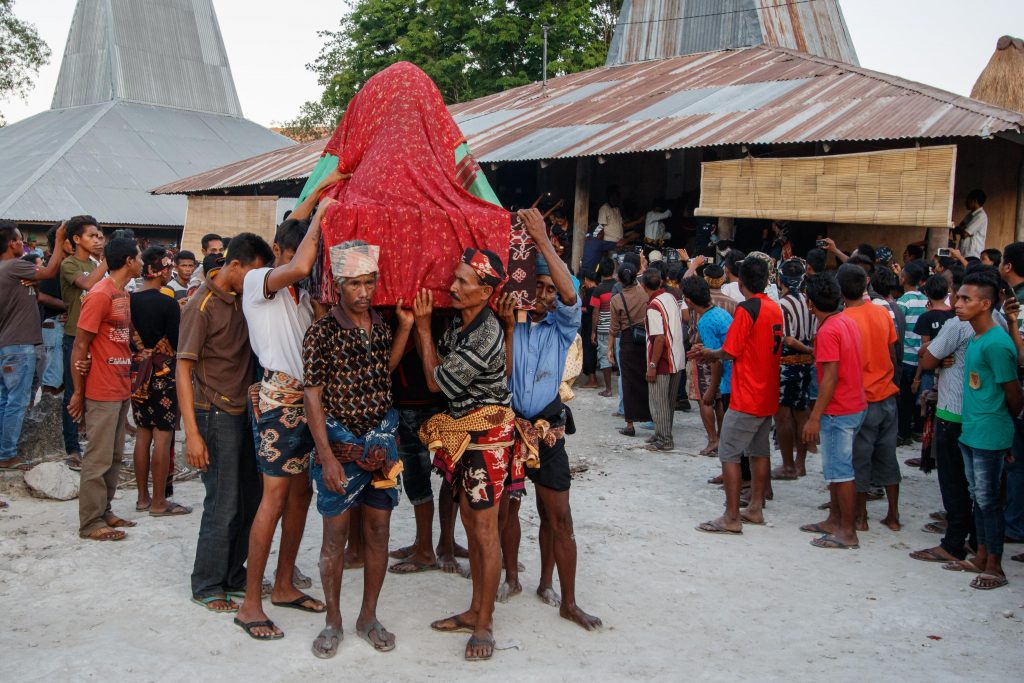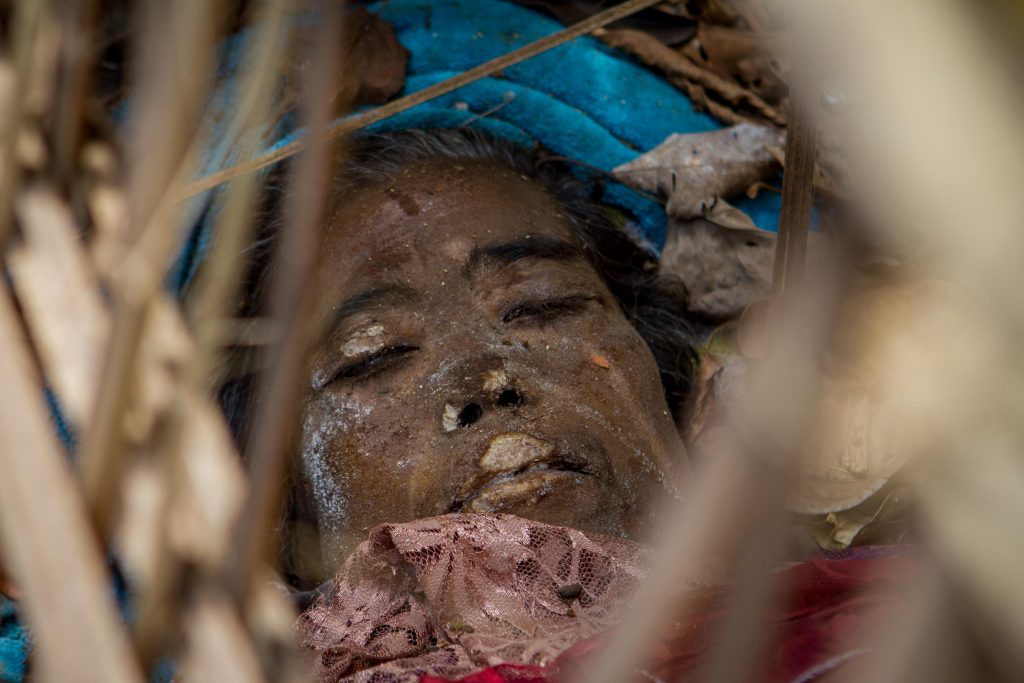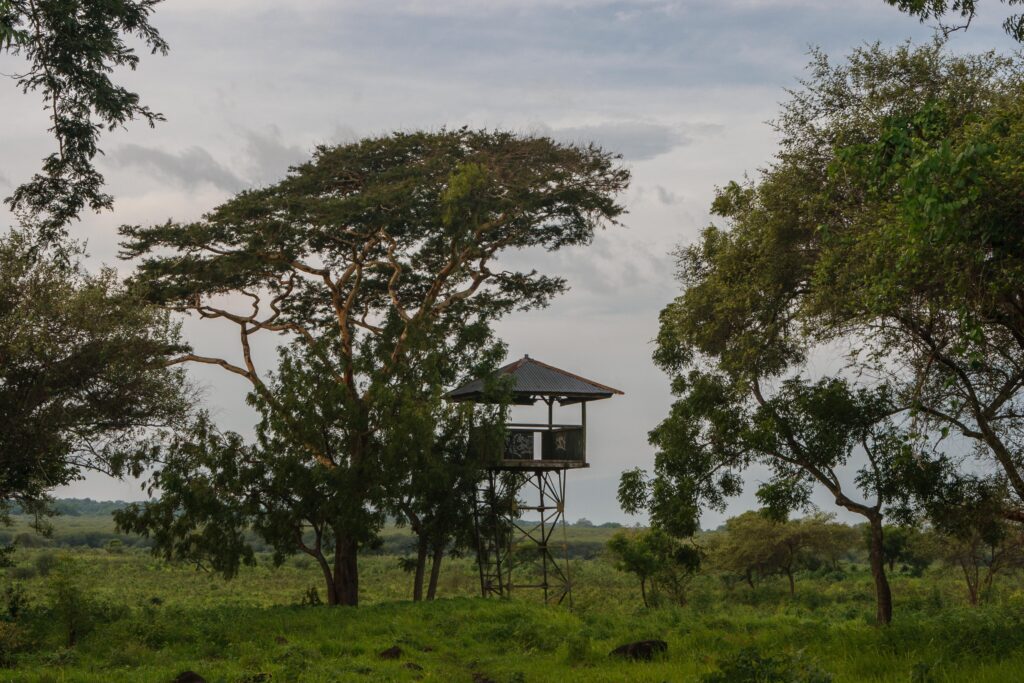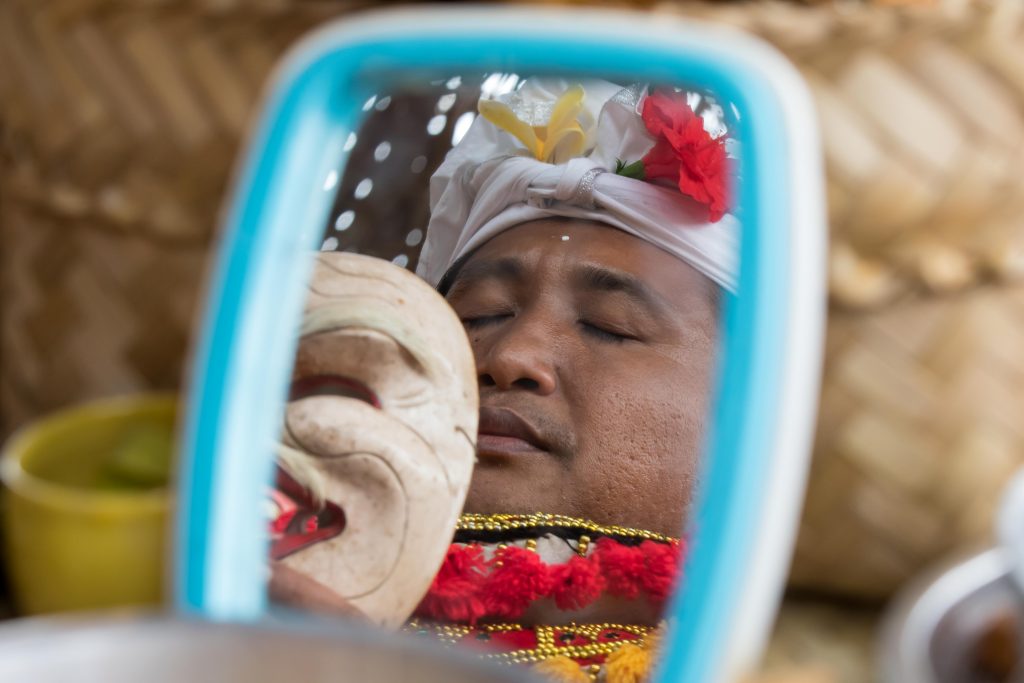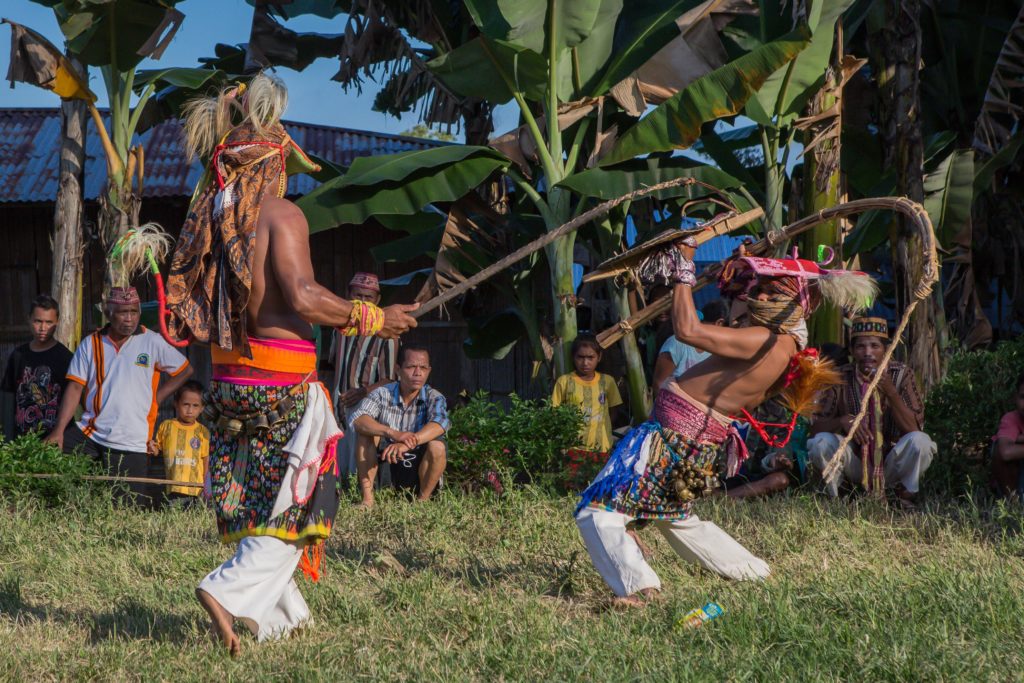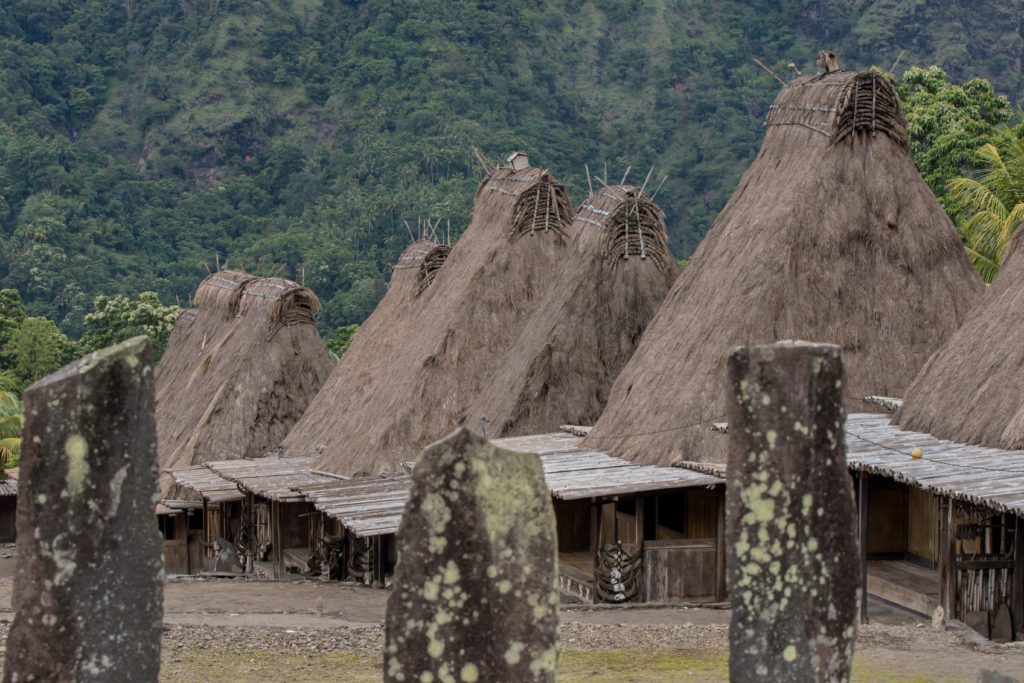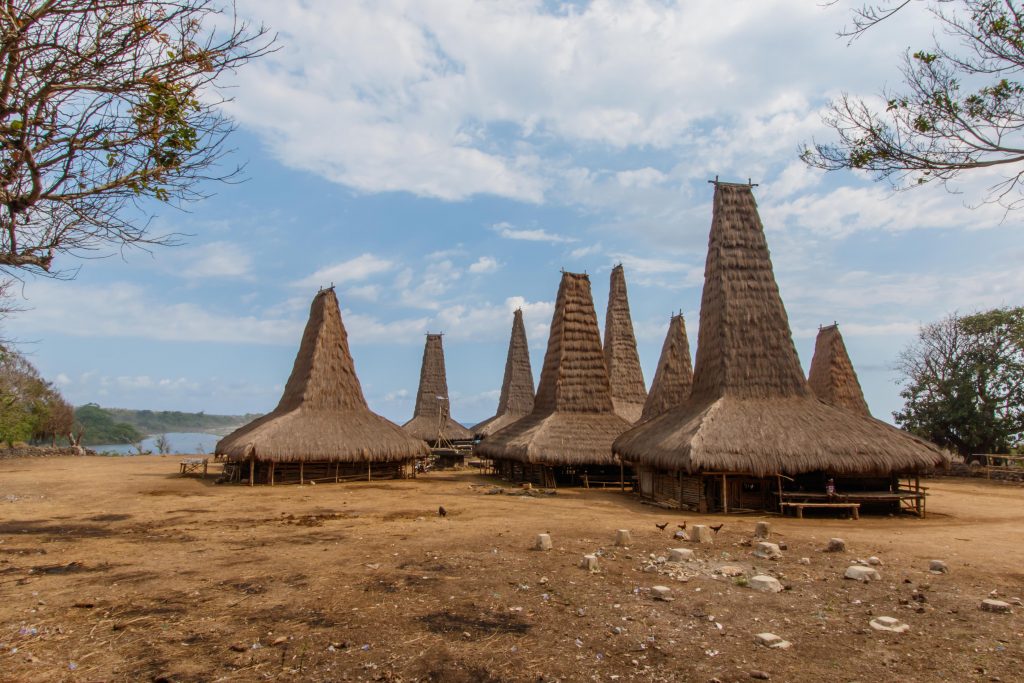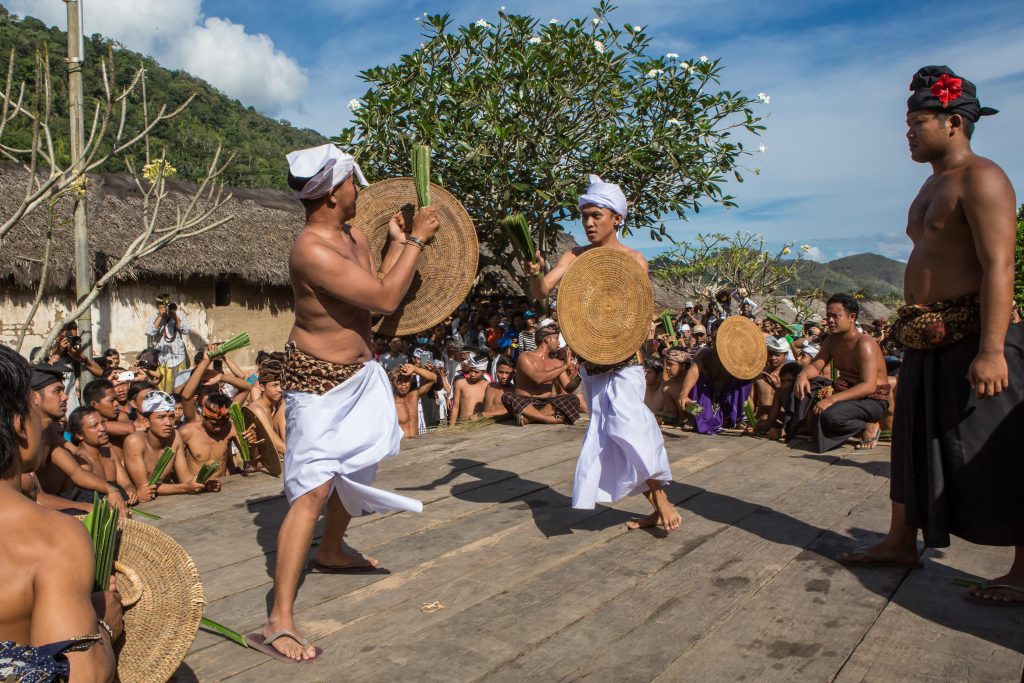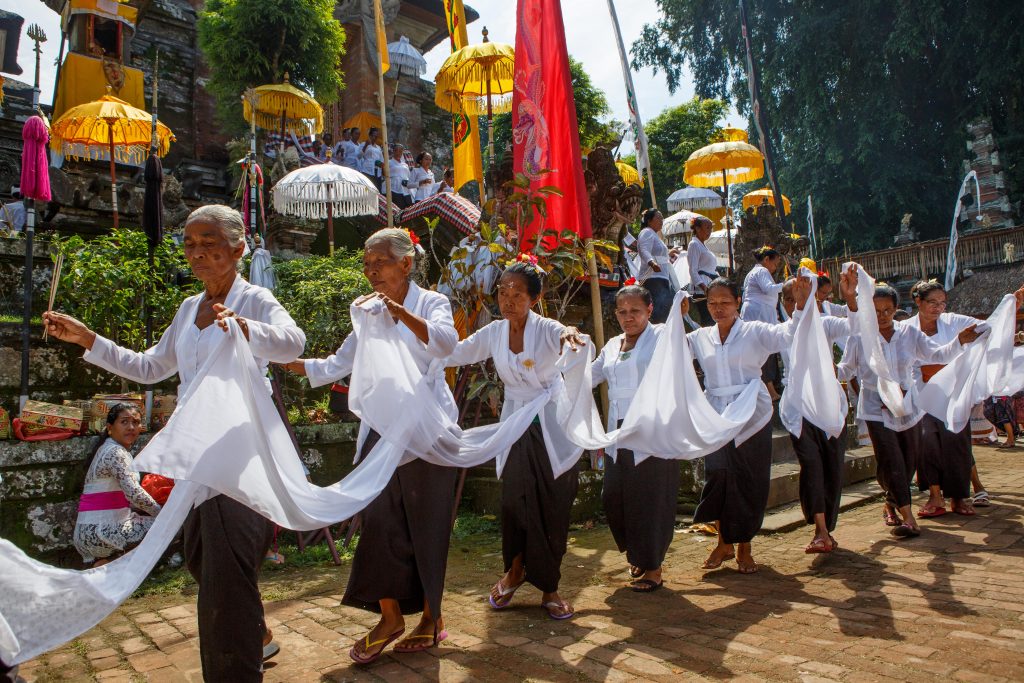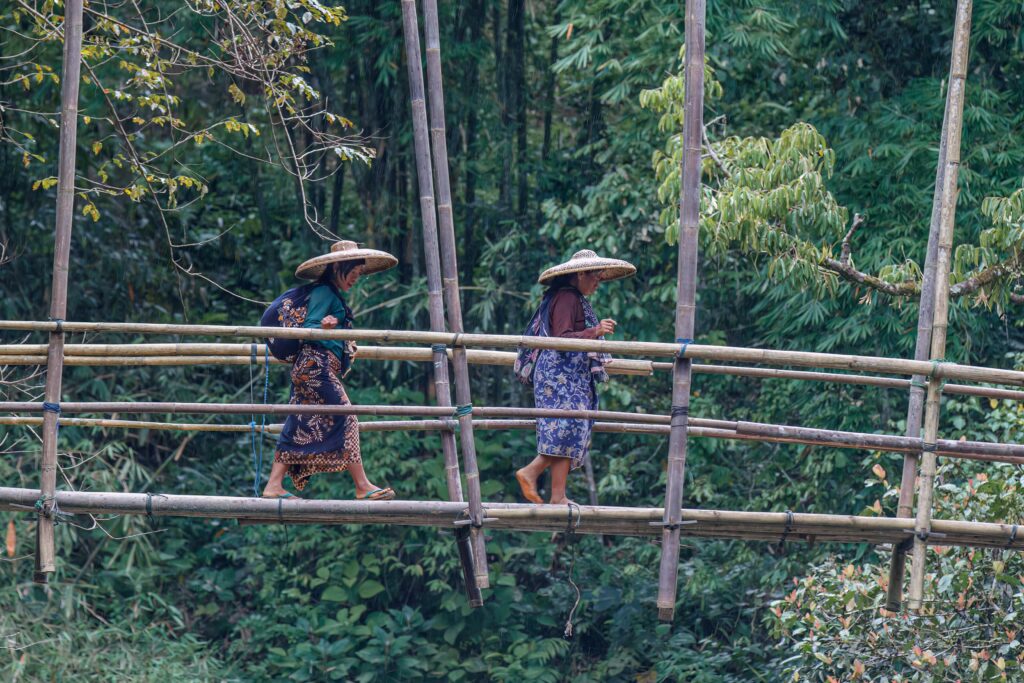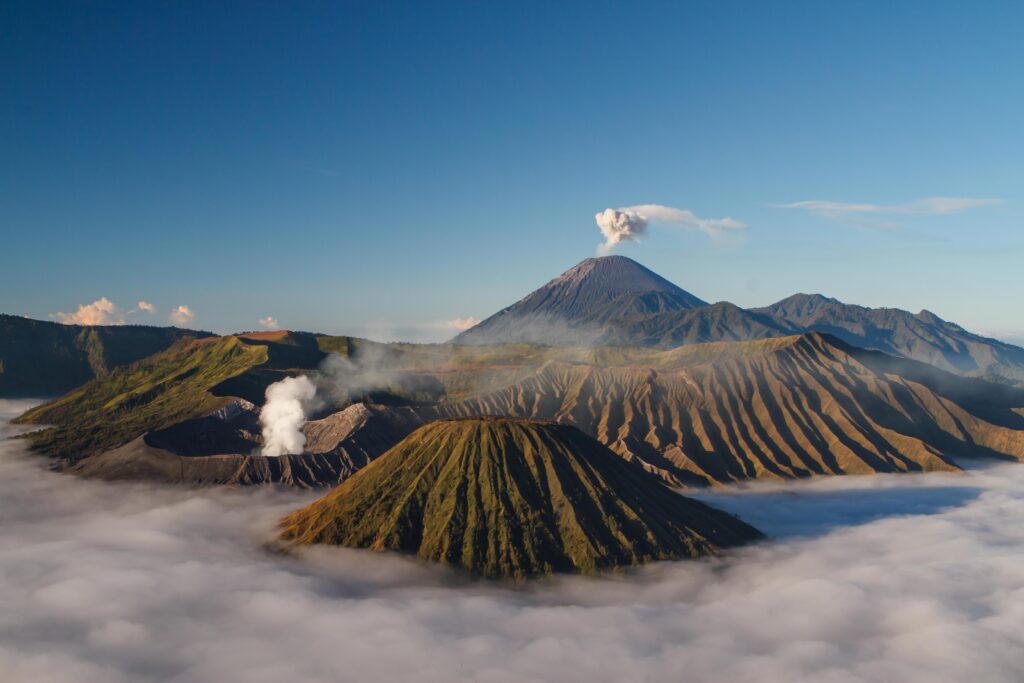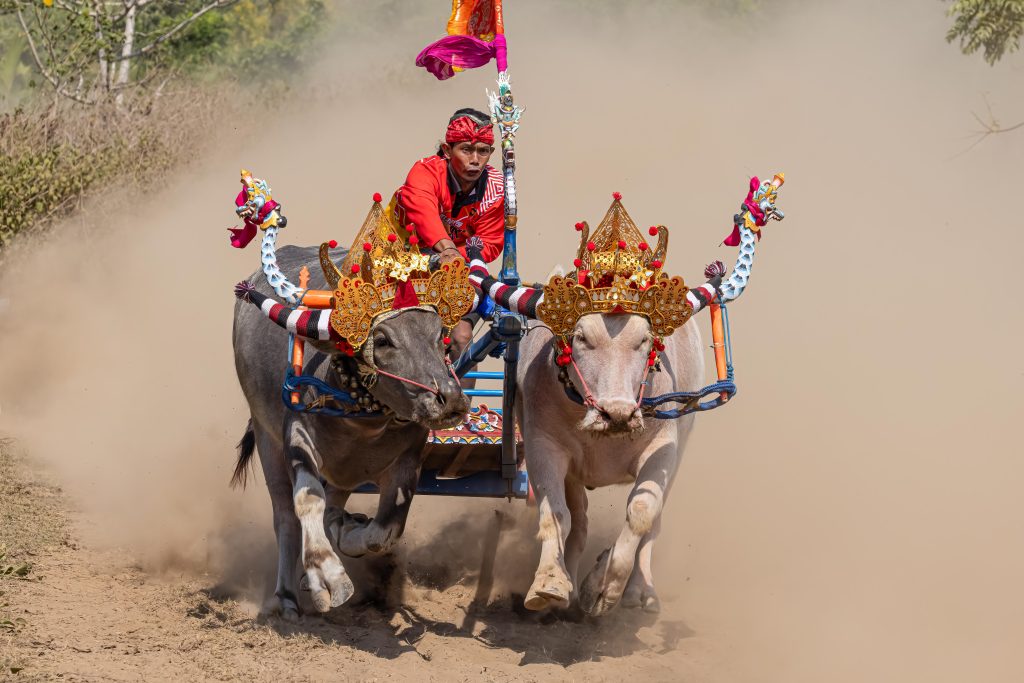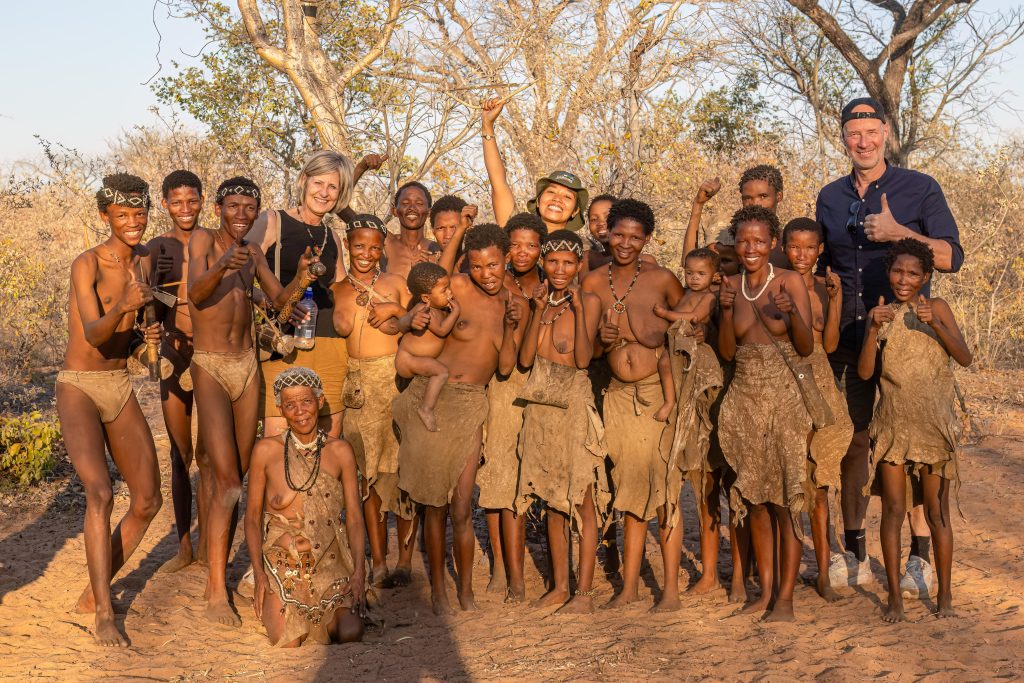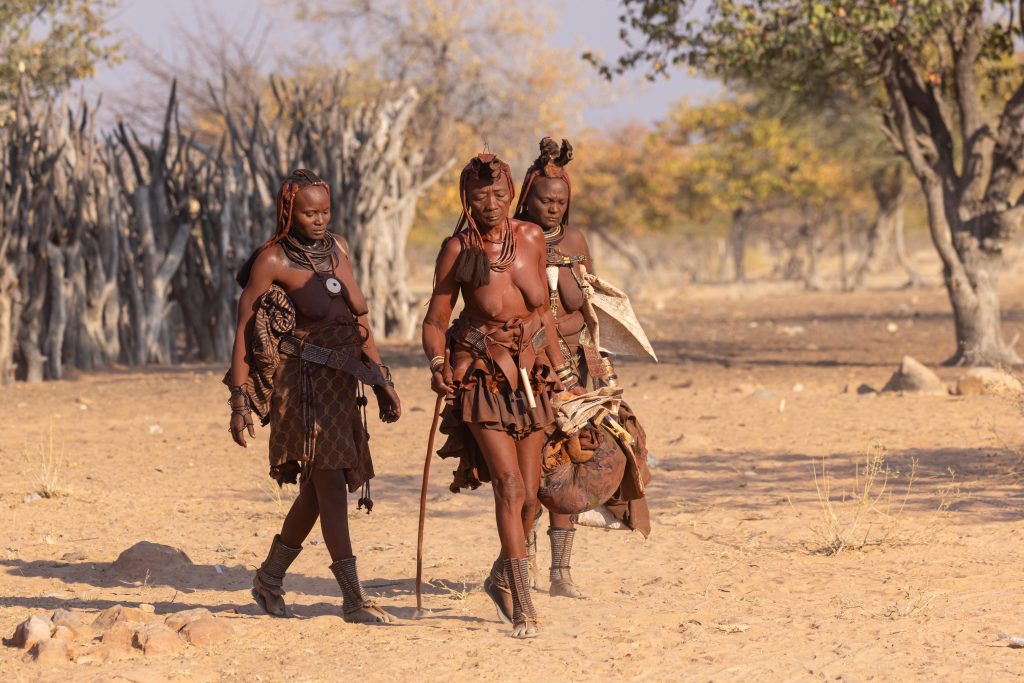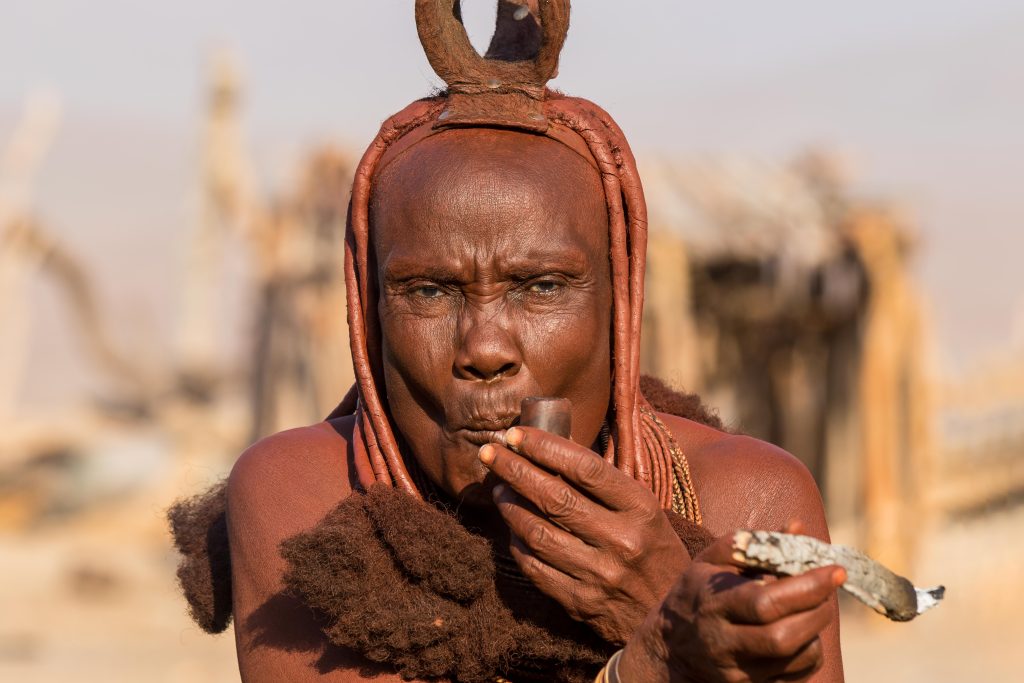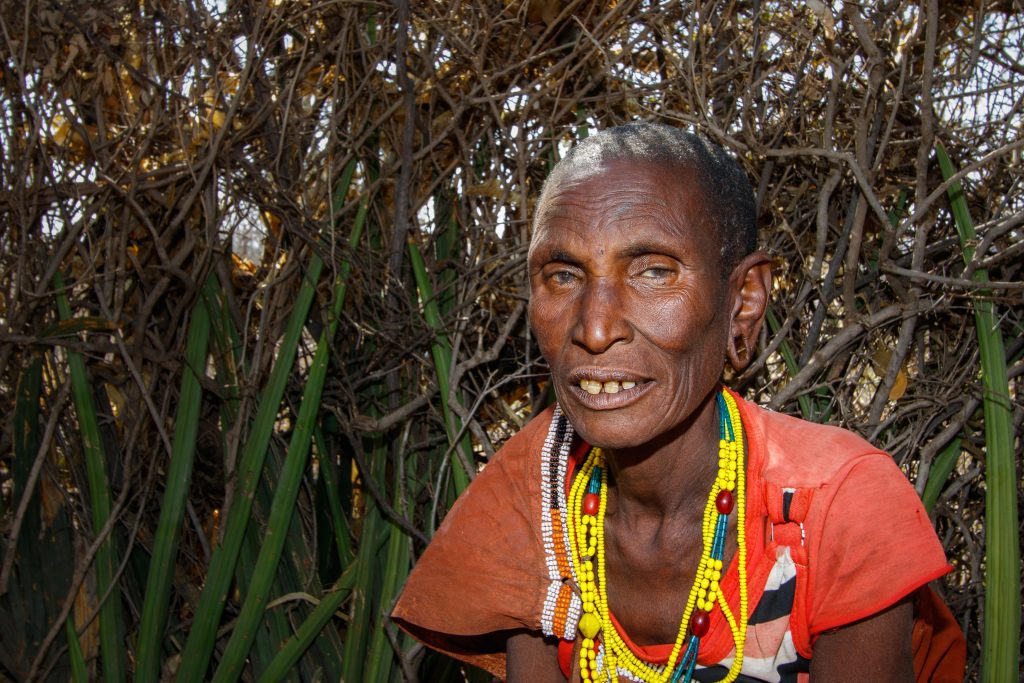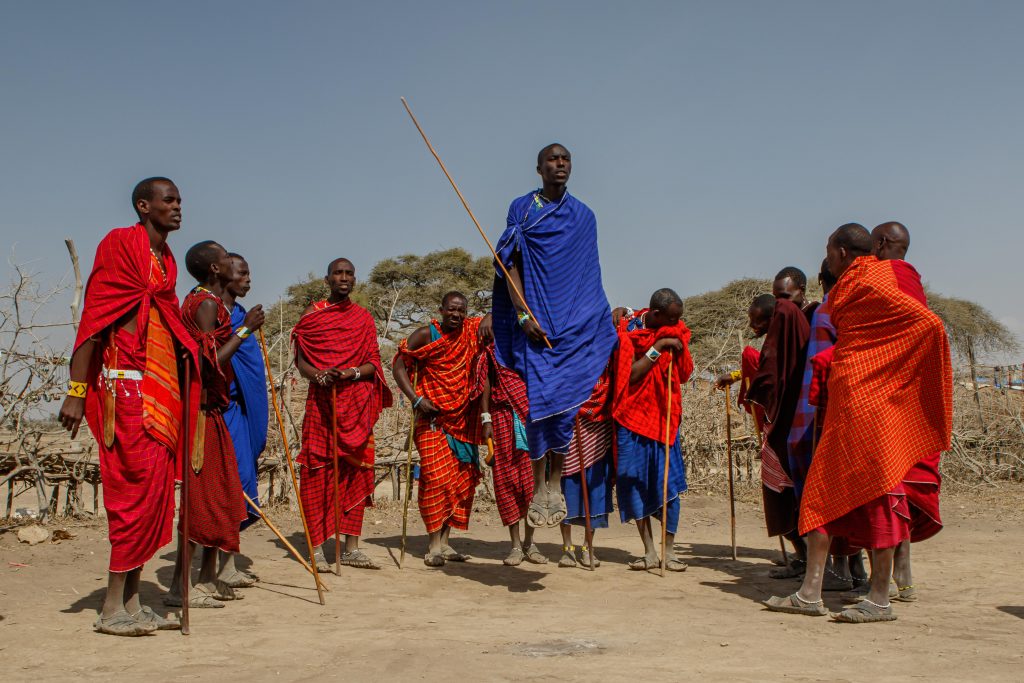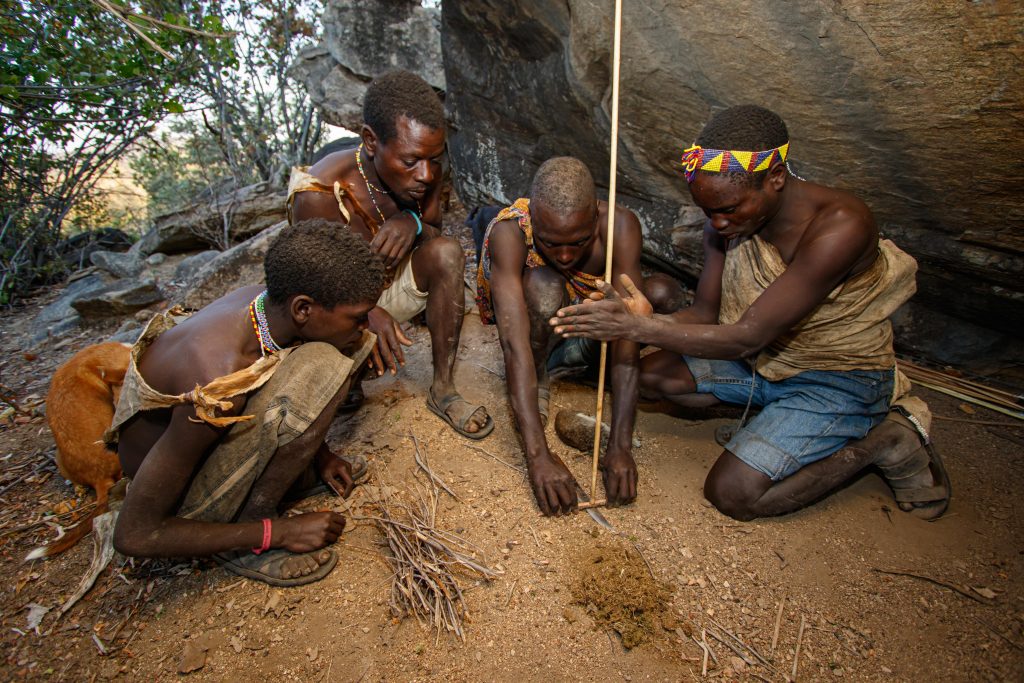– photo stories –
visual adventures
Select and click a Destination and then Photo Story:
Indonesia
Namibia
Tanzania
Photographing Bats
I learnt to photograph bats at night! In our plantation every night bats visit banana tree flowers to feed on nectar. Here some of bat photos, and how I managed to capture these photos. An exercise in patience and perseverance.
The Sakuddei Clan - Siberut Island, Mentawai
The Sakuddei is one of the many clans of the Mentawai tribe, living in the remote west of Siberut, in the rain forest covered valley of the river after which they named their clan. Sakuddei is one of the few Mentawai clans holding on to their traditional communal lifestyle. In…
Tiwah - A Dayak's journey to Heaven
In May 2016 I was very fortunate to be able to attend a traditional Dayak Tiwah ceremony, in the small village of Tumbang Manggu, far upstream along the Katingan River in Central Kalimantan. We were guests of one of the village's Dayak elders, a famous player of the Sape, a traditional Dayak…
My Mentawai Family
A personal experience and journey with the Mentawai tribe on Siberut Island, West Sumatra, Indonesia. Covering over 30 years of my time and experience living with and visiting the Mentawai family that adopted me as one of them and made me part of their community. Eventually this will be their…
Barong Brutuk - Trunyan, Bali
High up in the mountains of Northeast Bali, on the shore of lake Batur in the ancient Batur caldera lies Trunyan, one of three remaining traditional Bali Aga villages. The Bali Aga are the original Balinese and their culture pre-dates Hinduism, which came to Bali with the migration
Makepung Lampit - Bull Races in West Bali
Derived from the Balinese word kepung. Meaning ‘chase’, Makepung is a traditional Balinese water buffalo race, only held in Jembrana, in West Bali. “Lampit” is a traditional wooden plank that is pulled by a pair of water buffaloes, to flatten a wet rice field after it has been plowed and
Royal Funeral - Sumba
In October 2015 I was fortunate and privileged to be able to attend a royal funeral in the traditional East Sumba village of Praiyawang, 70 kilometer east of Waingapu, Sumba’s largest city. The island of Sumba, in eastern Indonesia, is one of a few places in the world where megalithic
Trunyan - Bali Aga village & cemetery
The Balinese mountain village of Trunyan can be found at the foot of the Gunung Abang mountain, at a remote and isolated location on the eastern shore of Lake Batur. The people from Trunyan are often referred to as Bali Aga (mountain Balinese), which refers to a conservative, pre-Hindu culture
Baluran National Park - East Java
Baluran National Park in East Java, often called the little Africa of Java, is one of the oldest national parks in Indonesia and the area has been protected since 1928, initiated by a Dutch hunter. In 1937 it became a wildlife refuge and in 1984 it was declared a national…
Mask Dance - Bali
TAKSU is a unique Balinese concept meaning charisma, spiritual power and artistic inspiration needed to truly capture eyes, minds and hearts of the audience, both human and divine. Every artist in Bali strives for TAKSU. Mask dancer Ida Wayan Gotama, from the East
Caci - Whip fighting on Flores
Caci is a ritual whip fight and a major element of the Manggarai cultural identity in the western part of the island of Flores. Caci is played out by two men, with one in the role of aggressor and the other one in the role of defender. Caci equipment, consisting of a whip, a shield, masks,
Bajawa - Flores
The Ngada Regency in central Flores might be one of Indonesia’s poorest regions, but culturally it is certainly one of its richest. The green valleys of Ngada are dotted with traditional villages with unique megalithic stone structures, against the backdrop of the towering Inerie volcano.
Mekare-kare - Tenganan, Bali
The ancient village of Tenganan Pegringsingan in East Bali is home to the Bali Aga, descendants of the original Balinese. The Bali Aga of Tenganan still follow their pre-Hindu rules and traditions and do not recognise casts like the Balinese Hindu do. They follow written rules inherited
Pura Samuan Tiga - Ubud, Bali
I was very fortunate to be able to attend a very rare large purification ceremony, Karya Agung Panca Wali Krama, at the Pura Samuan Tiga temple in Bedulu, near Ubud. This ceremony was last held about 20 years ago and preparations had started more than 6 months ago.
Kanekes - The Baduy of West Java
Less than 3 hours from bustling Jakarta lives a community isolated in time and space, as they’ve lived for hundreds of years. The Baduy, who call themselves Kanekes, are a traditional community living just a three hour drive west of Jakarta, in the hills near Rangkasbitung.
Bromo Tengger Semeru National Park - East Java
Gunung Bromo is an active volcano in the spectacular Bromo – Tengger – Semeru National Park in East Java, Indonesia. The 800 square kilometres park is one of the most popular tourist destinations in the country and consists of the the caldera of the ancient Tengger volcano and
Makepung - Bull Races in West Bali
West Bali is famous for its thrilling water buffalo races, known as Makepung, introduced by Madurese migrants to celebrate the end of the rice harvest. The competitive races take place outside Negara in the regency of Jembrana, on make-shift circuits laid out on dry dirt tracks in
The Ju/'Hoansi - San Tribe
The Ju/'hoansi, often referred to as the !Kung San, are one of the indigenous San peoples of Southern Africa, residing primarily in northeastern Namibia and parts of Botswana and Angola. They are among the oldest continuous cultures on Earth, with a history stretching back tens of thousands of years. Known…
The Himba Tribe, Namibia
The Himba are an indigenous semi-nomadic people residing primarily in Namibia’s arid Kunene Region, with some communities also found in southern Angola. With a population of approximately 50,000, the Himba are renowned for their resilience, cultural traditions, and distinctive appearance, which have remained largely unchanged despite external influences and modernization.
The Himba Tribe: Otjize
The Himba tribe of Namibia, living primarily in the arid Kunene Region, are renowned for their cultural traditions. The use of otjize is standing out as one of their most distinctive practices. Otjize is a paste made from a mixture of butterfat and finely ground red ochre, often infused with…
The Datoga Tribe - Tanzania
The Datoga are a semi-nomadic pastoralist tribe primarily residing in the Manyara Region near Lake Eyasi and the Ngorongoro Highlands in northern Tanzania. Numbering around 100,000 people, the Datoga are known for their cattle herding, metalworking skills, and resilience in adapting to the harsh, arid environments they inhabit. They are…
The Maasai - Tanzania
The Maasai are one of the most renowned and iconic indigenous tribes of East Africa, primarily living in the northern regions of Tanzania and southern Kenya. Known for their distinctive red attire, intricate beadwork, and semi-nomadic pastoralist lifestyle, the Maasai have preserved their rich cultural heritage despite the pressures of…
The Hadzabe Tribe - Tanzania
The Hadzabe are one of the last remaining hunter-gatherer tribes in the world, living around the arid regions of Lake Eyasi in northern Tanzania. With an estimated population of around 1,200–1,500 people, the Hadzabe have maintained their traditional way of life for thousands of years, relying on hunting wild animals…
